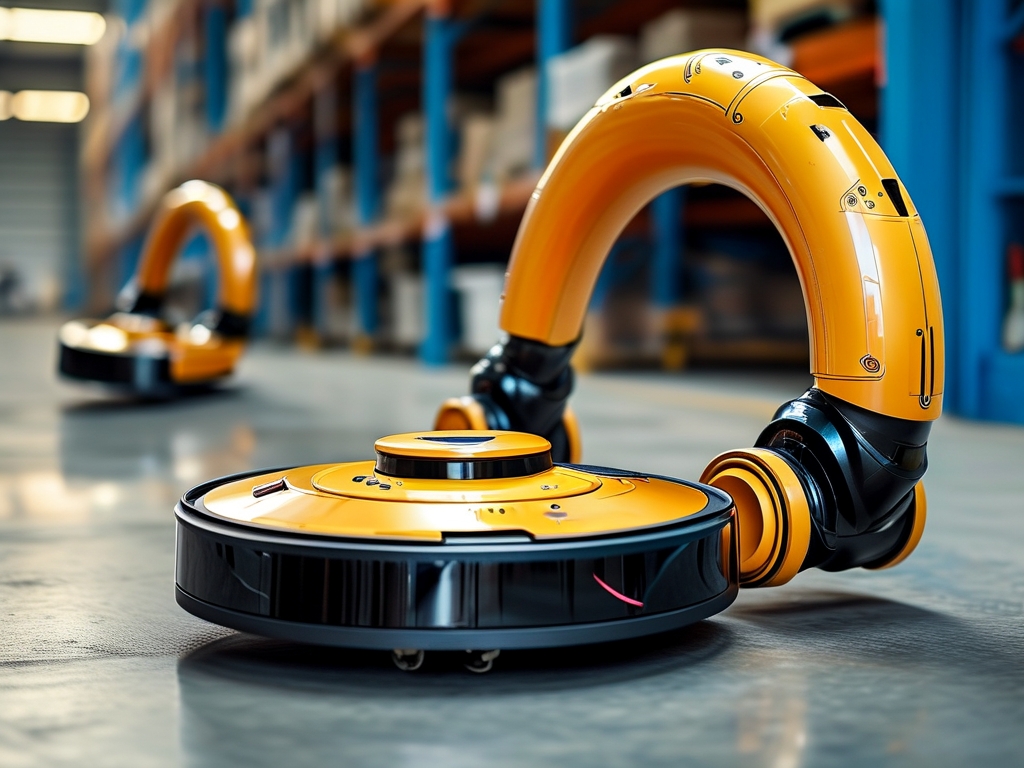The advent of robotic mop production technology has revolutionized the cleaning industry, merging automation, artificial intelligence, and advanced materials to create devices that redefine efficiency and convenience. This article explores the cutting-edge processes behind robotic mop manufacturing, their societal impact, and future trends in this rapidly evolving field.

1. The Evolution of Robotic Mop Technology
Robotic mops represent a leap from traditional manual cleaning tools. Early models, introduced in the late 2000s, were limited to basic vacuuming and simple wiping motions. However, advancements in sensor technology, machine learning, and battery efficiency have enabled modern robotic mops to navigate complex environments, adapt to floor types, and operate autonomously for extended periods. Companies like iRobot, Ecovacs, and Xiaomi have pioneered these innovations, integrating lidar mapping, AI-driven pathfinding, and app-based controls to enhance user experience.
2. Core Components of Robotic Mop Production
Producing a robotic mop involves interdisciplinary engineering:
- Sensor Systems: Infrared, ultrasonic, and optical sensors enable obstacle detection and spatial mapping. For example, lidar (Light Detection and Ranging) creates 3D room layouts to optimize cleaning routes.
- AI Algorithms: Machine learning models analyze floor surfaces, adjust water usage, and avoid repetitive patterns. Neural networks improve performance over time by learning household layouts.
- Material Science: Microfiber pads with antibacterial coatings and self-cleaning mechanisms ensure hygiene. Modular designs allow easy replacement of parts like brushes or tanks.
- Energy Efficiency: Lithium-ion batteries with fast-charging capabilities and solar-assisted charging options extend operational time.
3. Manufacturing Processes
Robotic mop production relies on precision assembly lines and rigorous testing:
- Automated Assembly: Robotic arms install circuit boards, motors, and sensors with micron-level accuracy. This reduces human error and speeds up production.
- Quality Control: Each unit undergoes stress tests, including water resistance checks, drop tests, and software diagnostics. For instance, Ecovacs’ factories use simulated home environments to validate navigation algorithms.
- Sustainability Practices: Manufacturers increasingly adopt eco-friendly materials, such as biodegradable plastics, and implement recycling programs for end-of-life devices.
4. Market Impact and Consumer Adoption
The global robotic mop market is projected to reach $15 billion by 2030, driven by urbanization and demand for smart home devices. Key trends include:
- Hybrid Models: Devices combining vacuuming and mopping capabilities, like the Roborock S7, dominate sales.
- Subscription Services: Companies offer consumable refills (e.g., cleaning solutions, pads) via subscription, creating recurring revenue streams.
- Aging Populations: In countries like Japan, robotic mops assist elderly populations in maintaining household cleanliness independently.
5. Challenges in Production
Despite progress, the industry faces hurdles:
- Cost Barriers: High-end sensors and AI chips raise production costs, limiting affordability in developing markets.
- Technical Limitations: Carpets and uneven surfaces still challenge some models. Researchers are developing adaptive treads and pressure-sensitive brushes to address this.
- Data Privacy: Devices connected to IoT networks risk data breaches. Manufacturers must encrypt user data and comply with regulations like GDPR.
6. The Future of Robotic Mop Technology
Emerging innovations promise to elevate robotic mops further:
- Swarm Robotics: Multiple units collaborating to clean large spaces efficiently.
- Self-Maintenance: AI-powered self-cleaning tanks and automated pad replacement.
- Environmental Integration: Integration with smart home systems, such as triggering mops when air quality sensors detect dust.
Robotic mop production technology exemplifies the fusion of engineering and creativity, transforming mundane chores into automated tasks. As AI and material science advance, these devices will become indispensable in homes and commercial spaces worldwide. By addressing current challenges and embracing sustainability, the industry is poised to deliver even smarter, more accessible solutions in the years ahead.

